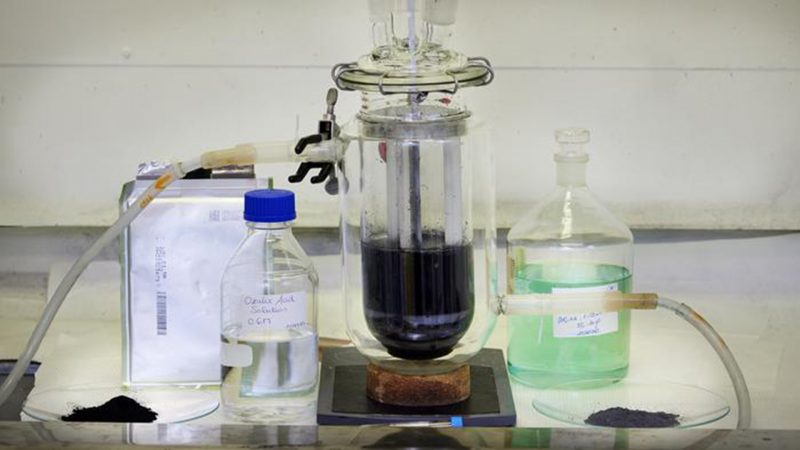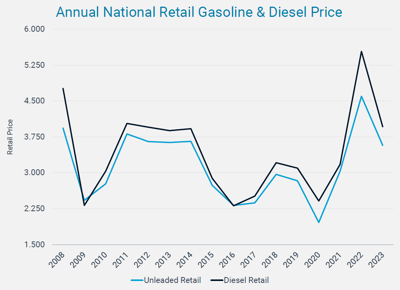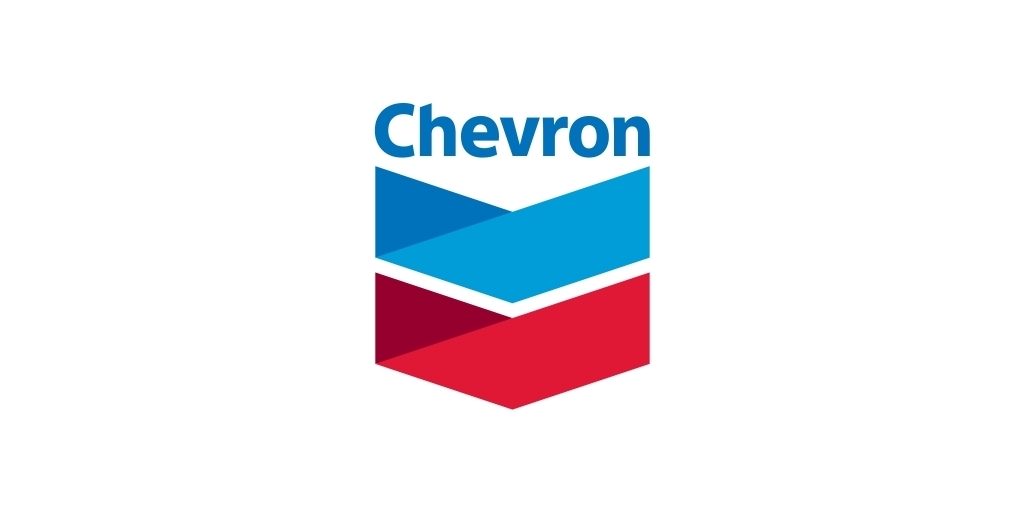Sign up for daily news updates from CleanTechnica on email. Or follow us on Google News!
Researchers at Chalmers are now presenting a new and efficient way to recycle metals from electric car batteries. The method makes it possible to recover 100% aluminum and 98% lithium from spent electric car batteries. At the same time, the loss of valuable raw materials such as nickel, cobalt and manganese is minimized. No expensive or harmful chemicals are required in the process, as the researchers use oxalic acid — an acid that also occurs in the plant kingdom.
So far, no one has managed to find exactly the right conditions to separate this much lithium with oxalic acid — and also remove all the aluminum at the same time. Since all batteries contain aluminum, we need to be able to remove it without losing the other metals, says Léa Rouquette, PhD student at the Department of Chemistry and Chemical Engineering at Chalmers.
In Chalmers’ battery recycling lab, Léa Rouquette and research leader Martina Petranikova show how the new method works. In the lab there are used car battery cells and in the fume hood are their crushed contents in the form of a finely ground black powder that dissolves in a transparent liquid — oxalic acid. Léa Rouquette mixes liquid and powder in something that resembles a kitchen mixer. Although it looks easy, almost as if she were to make coffee, the exact approach is unique and a recently published scientific breakthrough. By fine-tuning temperature, concentration and time, the researchers have developed a new and excellent recipe for using oxalic acid — an environmentally friendly ingredient also found in plants such as rhubarb and spinach.
Alternatives to today’s inorganic chemicals are needed. In addition, one of the biggest bottlenecks in today’s processes is removing residual materials such as aluminum. This is an innovative method that can provide the recycling industry with new alternatives and contribute to solving problems that hinder development, says Martina Petranikova, Associate Professor at the Department of Chemistry and Chemical Engineering at Chalmers.
The liquid-based recycling method is called hydrometallurgy. In traditional hydrometallurgy, you first remove the “impure” in the material such as aluminum and copper, and after that you can use valuable metals such as lithium, cobalt, nickel, and manganese. Although only small amounts of aluminum and copper remain, multiple purification steps are required and each step in the process causes spillage. In the new method, the researchers reverse the cutting and first separate lithium together with aluminum. In this way, they can reduce the waste of the valuable metals needed to manufacture new batteries.
Even the latter part of the process, where the black mixture is filtered, brings to mind coffee brewing. While aluminum and lithium end up in the liquid, the other metals remain in the “sump.” The next step in the process is to separate the aluminum and lithium.
“Since the metals have very different properties, we do not see that it should be difficult to separate them. Our new method shows a promising new path forward for battery recycling — a path that there is every reason to explore further,” says Léa Rouquette. “As the method can also be used on a large scale, we hope that it will be useful in industry in the coming years,” says Martina Petranikova.
Martina Petranikova’s research group has for many years conducted leading research in the recycling of the metals found in lithium-ion batteries. The group is involved in several different collaborations with companies that develop recycling of electric car batteries and is a partner in large research and development projects, such as Volvo Cars and Northvolt’s Nybat project.
More about the research: The scientific article Complete and selective recovery of lithium from EV lithium-ion batteries: Modeling and optimization using oxalic acid as a leaching agent has been published in the journal Separation and Purification Technology. The study has been carried out by Léa Rouquette, Martina Petranikova and Nathália Vieceli at the Department of Chemistry and Chemical Engineering at Chalmers. The research has been funded by the Swedish Energy Agency, Base battery Sweden, Vinnova and the experiments have been carried out with used electric car batteries from Volvo Cars, processed by Stena Recycling and Akkuser Oy.
Courtesy of Chalmers.
Have a tip for CleanTechnica? Want to advertise? Want to suggest a guest for our CleanTech Talk podcast? Contact us here.
EV Obsession Daily!
I don’t like paywalls. You don’t like paywalls. Who likes paywalls? Here at CleanTechnica, we implemented a limited paywall for a while, but it always felt wrong — and it was always tough to decide what we should put behind there. In theory, your most exclusive and best content goes behind a paywall. But then fewer people read it!! So, we’ve decided to completely nix paywalls here at CleanTechnica. But…
Thank you!
Tesla Sales in 2023, 2024, and 2030
CleanTechnica uses affiliate links. See our policy here.






